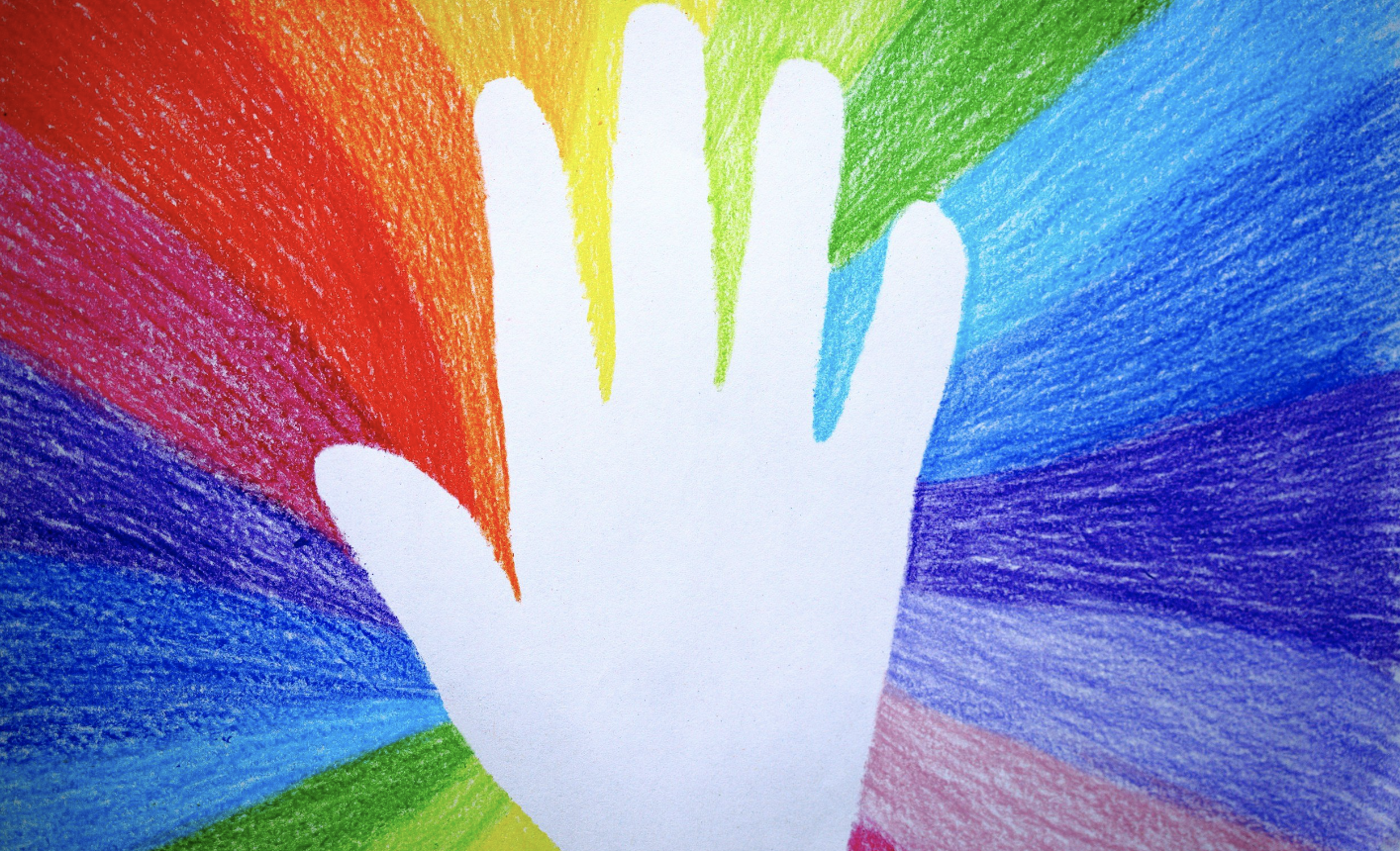EMDR Therapy Side Effects and After Care
Finishing up an EMDR session is no small feat, since EMDR is one of the more intensive therapy treatments that can leave you feeling heightened for hours or days after your session. You may be experiencing symptoms of anxiety, depression, sensitivity, or irritation. This is common and it shows that the process is working as your body and mind continues to reprocess your trauma or target memory. I am a trauma (EMDR) and somatic (body-based) therapist based in New York City and in this article, I’ll share with you the side effects of EMDR and ways to take care of yourself after an intense reprocessing session.
Eye Movement Desensitization Reprocessing (EMDR) is an evidenced-based structured therapy where clients are asked to focus on the traumatic memory while simultaneously experiencing bilateral stimulation often with eye movements, with the goal of reducing the vividness, emotion, and trigger that is associated with the memory.
Since EMDR works with your whole system to reprocess and restructure traumatic memories, there will be side effects that takes place after a session is over since your system will continue to work to heal itself.
What to expect after an EMDR session?
Symptoms after an EMDR session may vary. It can depend on the level of distress the trauma caused to your nervous system, your own unique way of processing, or how many EMDR reprocessing sessions you’ve had. The side effects of someone who has had their first EMDR session may look different than someone finishing up their fourth session. Once you finish desensitizing the target memory, these heightened effects are usually only temporary. This will create a stronger sense of agency and flexibility when you go back to re-examining the painful memories of the trauma.
Emotional side effects
One of the most common side effects are heightened emotions, which can make things feel more painful after session. Some clients report depressed moods, lack of motivation, irritation, anxiety, and sometimes aggression. Others may report heightened sensitivity, having greater emotional responses to previously neutral things, and/or overstimulation with their senses.
Mental side effects
There may be more intrusive thoughts—this can look like negative self-talk, and more rigid thoughts in the earlier stages of EMDR treatment. You may find yourself anxious and overthinking may occur.
On the other hand, when you’re close to completing the target memory, more flexibility and resiliency in thinking may arise, where you can zoom out of the negative cognitions surrounding yourself and recognize it to be untrue.
Physical side effects
Common physical symptoms may include tiredness, lethargy, feeling numb, feeling detached, and/or feeling overstimulated in your body. Other physical side effects may be increased heart rate or breathing, and hypervigilance. Dreams and night terrors can also arise which creates not only emotional distress but tension and stress in the body.
Resourcing and self-soothing strategies
Before beginning the bilateral part of EMDR, you have learned grounding strategies to use when the material feels overwhelming. The classic EMDR calming techniques include various visualization exercises such as Calm/Safe Space and various movement exercises such as stretching or breathing. We also want to invite things you personally find helpful when you are going through a hard time.
Connecting with a loved one, nature, or a four-legged friend- sometimes when we feel raw, charged, or exhausted it might feel easier to isolate and disconnect from those that nurture us. Sometimes that is okay, but I also invite you to try the opposite behavior and lean into connection, wherever that is for you.
Drink more water- Our basic needs can go ignored especially when we are heightened, make sure to hydrate your body as it’s working hard to find its way back to equilibrium after session.
Movement - walking, dancing, stretching, anything that gets you to move your body.
Listen to your favorite music and/or watch a feel-good show or movie
Take a bath or shower
Create a comfort box- this can be a space where you store all the items that are resourcing/self-soothing to you. Examples include chocolate, tea, scented oils, incense, stuffed animals, the list goes on and on.
Use the free App *Insight Timer - Free guided breathing and visualization exercises for more variety.
In Conclusion
The reason that there’s a lot of preparation going into EMDR is because therapists want to ensure that you’ll have the necessary tools at your disposal when you’re feeling activated or triggered after a reprocessing session. Often times I tell my clients that the only way to resolve trauma is to go through the pain, and often there is no other way around it. However once you make it to the other side, you may feel lighter and create more space in your life for self-compassion and healthier, more adaptive behaviors. Don’t forget that you and your therapist have a plan together and if things get too scary or confusing don’t hesitate to talk to them about it.
*Insight Timer wellness and meditation app
Read more on Trauma and complex PTSD
Somatic therapy exercises to ground
Learn more about my style and approach to therapy.









